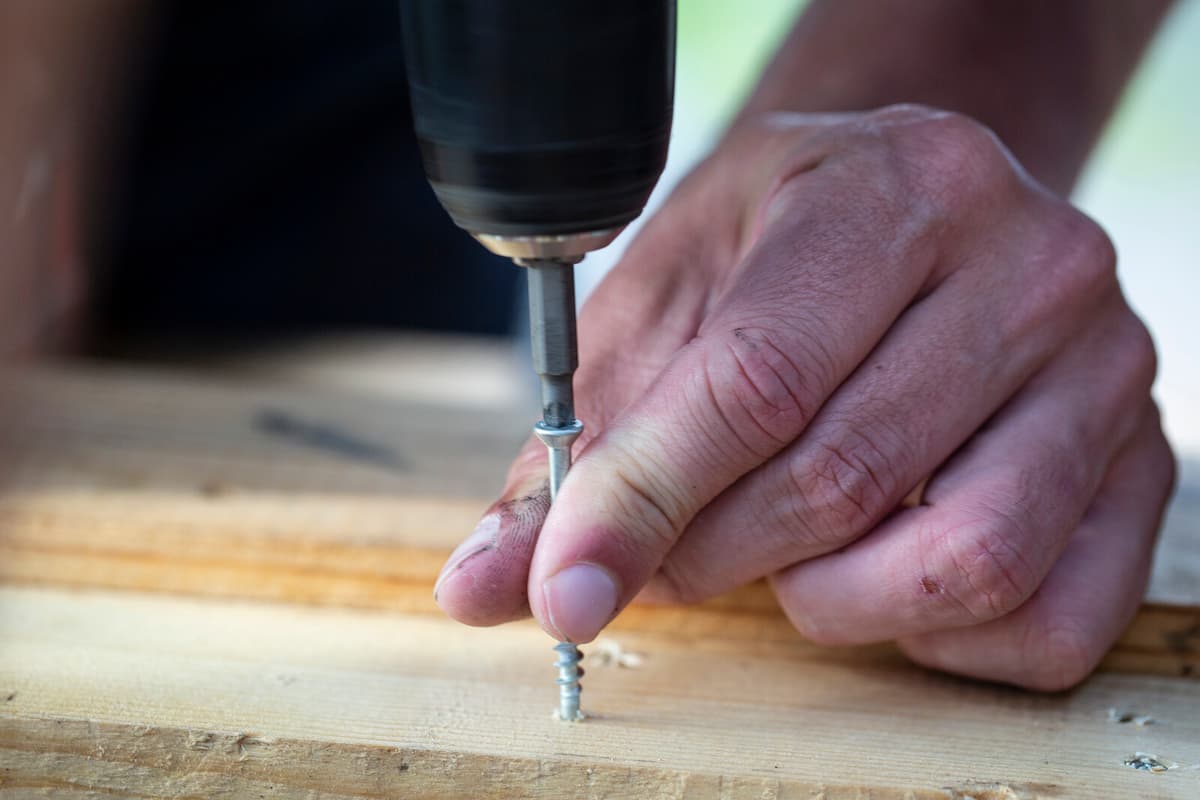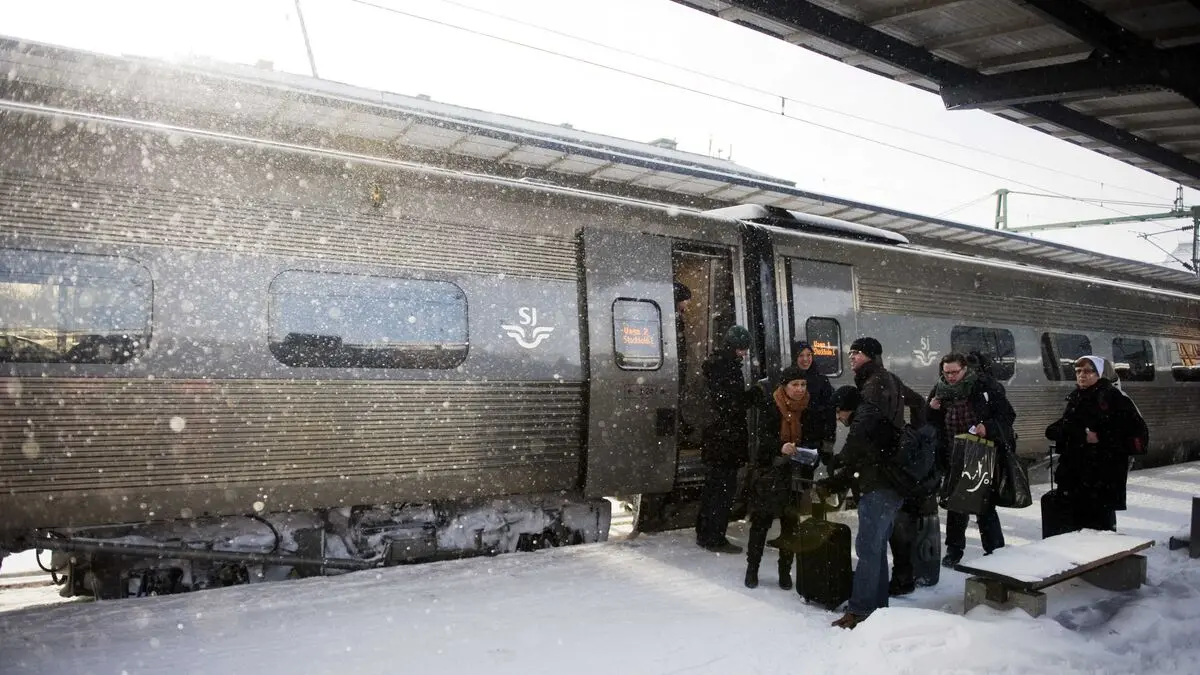It will be easier and freer to build and renovate, says Infrastructure and Housing Minister Andreas Carlson (KD) at a press conference where the proposals are presented.
The current Planning and Building Act has almost 15 years on its back and according to Carlson, there is a great need to simplify and clarify the rules surrounding building permits.
Bureaucratic regulations are hindering housing construction today. More housing is needed, he says.
Several facilitations
In total, it's about 40 facilitations. One point is more flexible rules for complementary buildings, such as attefallshus and friggebodar.
A property owner will be able to build a complementary building of 30 square meters within the detailed plan and 50 square meters outside the detailed plan without a building permit.
Within the detailed plan, there will be a total pot of 45 square meters that can be freely disposed of. Outside the detailed plan, the pot is 65 square meters.
Carlson gives the example that you will be able to build two attefallshus of 20 square meters and maybe a shed of 5 square meters without a building permit.
It's actually the own plot and imagination that set the limits, he says.
Extensions up to 30 square meters will now be completely permit-free and can be built for all types of buildings, including apartment buildings, and thus also apply to housing associations.
To facilitate the installation of, among other things, solar panels on buildings, the requirement for building permits for facade changes on one- and two-dwelling houses is being removed.
In addition to simplifying administration, the processes will also become cheaper since no fee needs to be paid to the building committee, the government motivates the change.
Outdoor gym and indoor bandy
It will also be possible to obtain a building permit for those who want to convert their attic to a dwelling in a residential building, even if it currently contravenes a ban on converting attics in the detailed plan.
The government also wants to abolish the requirement for building permits for sports facilities, such as an outdoor gym or an indoor bandy court, if they are less than 1,500 square meters.
On the question of whether the facilitations can lead to increased disputes between neighbors, Carlson responds that municipalities will still have supervisory responsibility, and that a reduced workload for building committees will lead to them being able to focus on more complex cases.
The law changes are proposed to come into force on October 1, 2025.
Tobias Österberg/TT
Niklas Svahn/TT
Facts: The proposal for new building permit rules
TT
The proposal includes, among other things, these changes:
1. You will be able to build a complementary building of 30 square meters within the detailed plan and 50 square meters outside the detailed plan without a permit.
2. Permit-free complementary buildings can be used more flexibly and by more people than today, with a maximum total area of 45 square meters within the detailed plan and 65 square meters outside the detailed plan, before the requirement for a permit applies. These square meters can be freely disposed of.
3. Extensions up to 30 square meters will be permit-free and can be built for all types of buildings, including apartment buildings and other buildings.
4. The current requirement for building permits for facade changes on one- and two-dwelling houses is being removed. This facilitates, among other things, the installation of solar panels.
5. Building permits for converting attics to dwellings in residential buildings will be granted, even if it contravenes a ban on converting attics in the detailed plan.
6. An existing building outside the detailed plan area can be converted with one or more rooms (max 50 square meters) without requiring a permit, which can facilitate entrepreneurship in rural areas.
7. The requirement for building permits for sports facilities is being abolished for facilities smaller than 1,500 square meters.
The law changes are proposed to come into force on October 1, 2025.





